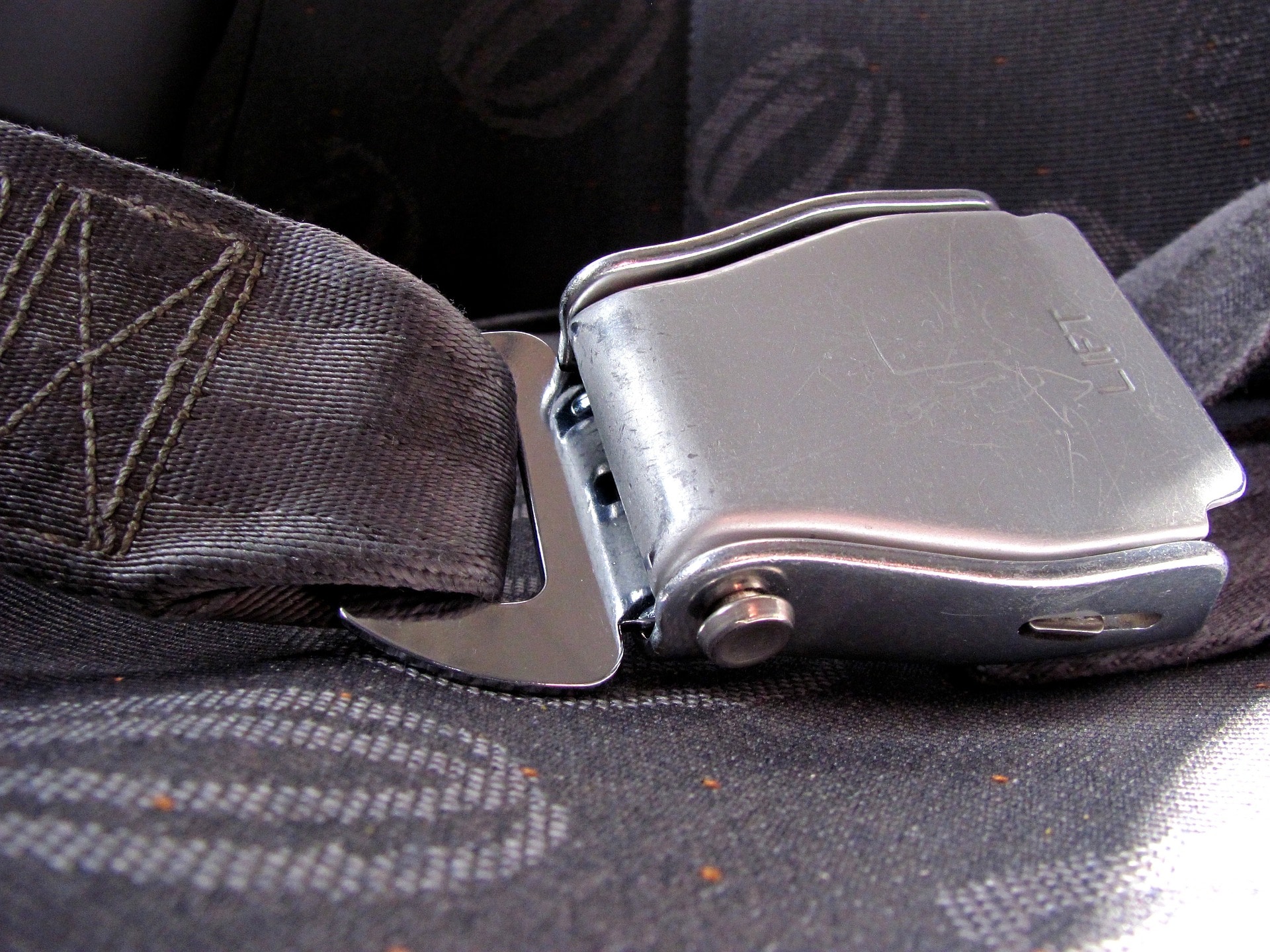We understand if you feel that it may be tempting to skip seat belt repairs and replacements. However, this isn’t something you should overlook. This is because seat belts are a crucial part of road safety.
Today, we’ll discuss seat belts and their parts, and answer some FAQs to ease your worries. Read on to learn more information and discover some reasons to repair and rebuild a seat belt pretensioner and buckle.
The Varieties of the Seat Belt Pretensioner
The outer lower anchor assembly includes a pretensioner in addition to the safety belt buckle. A properly functioning pretensioner also includes a functional electronic airbag module, a pyrotechnic gas generator, triggers, and a seat belt fastener. Meanwhile, the module does not always have the ability to inflate the airbag.
Furthermore, pretensioners engage in certain accidents or collisions in the front, on the sides, and the rear. Surprisingly, the vehicle in which the pretensioner is activated can influence its operation. Some pretensioners work even when the seat belt is buckled. All pretensions are made up of three parts: propane gas, generator, and cable spool.
The buckle pretensioner’s piston is propelled by pyrotechnic gas. A cable attached to the buckle of the safety belt pulls it down toward the seat, tightening and locking it. The anchor pretensioner’s piston is propelled by pyrotechnic gas. The cable tightens and locks the belt after the outboard lower safety belt anchor assembly is activated. The retractor pretensioner generates pyrotechnic gas. To tighten and lock the belt, the retractor spool is “backwinded.” The same precautions apply to other SRS Inflatable Restraint Components. Pretensioners, like other SRS Inflatable Restraint Components, can store an electronic charge. There is still a risk even after the battery has been disconnected or the ignition has been turned off.
FAQ #1: How do I unlock the driver’s and passenger’s seat belts after an accident in which the SRS airbag light is on?
Seat belt pretensioners are designed to automatically lock in the event of a collision, but an internal pyro device fails, causing the airbag light to remain illuminated. Seat belt pretensioners are reconditioned using OEM parts. Your component will be rebuilt to meet or exceed the manufacturer’s specifications.
FAQ #2: How can you tell whether a stage is single, dual, or triple? What are their differences?
A single-stage seat belt has one electrical plug, while a dual-stage seat belt has two. The number of electrical plugs on the belt indicates its type.
The number of electrical plugs on the belt indicates its type. A single stage belt has one electrical plug, a dual stage belt has two, and a triple stage belt has three.
FAQ #3: How do I check my seat belt’s pretensioner?
To begin, fasten your seat belts and check to see if the dashboard seat belt light goes out. After that, jerk the seat belt to see if it locks. A pull test is an example of one. A pyro sensor in the seat belt secures the belt after a collision. Maintain a code and keep your airbag turned on. You can also use a scan tool to look for seat belt codes.
To test the pyro sensor in the seat belt for seat belt codes, use a diagnostic scan tool or a multimeter. Readings from an OHM meter A properly installed seat belt pretensioner will have a reading of 2-3 OHMs.
Conclusion
Understanding different car parts and their main function help all car owners to appreciate their vehicles a little bit more. Now that you know more about the seat belt and its function for keeping you and your family safe, make no mistake in inspecting it on your own. After all, it’s better to be safe than sorry!
SRS Restore offers complete rebuilding, seat belt repair services, and seatbelt training to address all your needs and concerns. Call us today to learn more!

